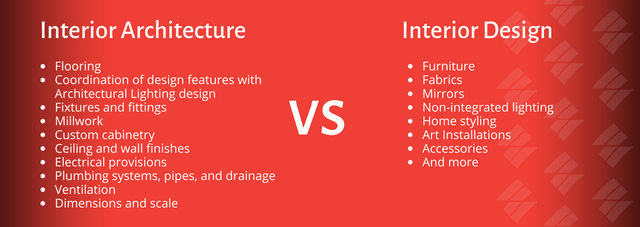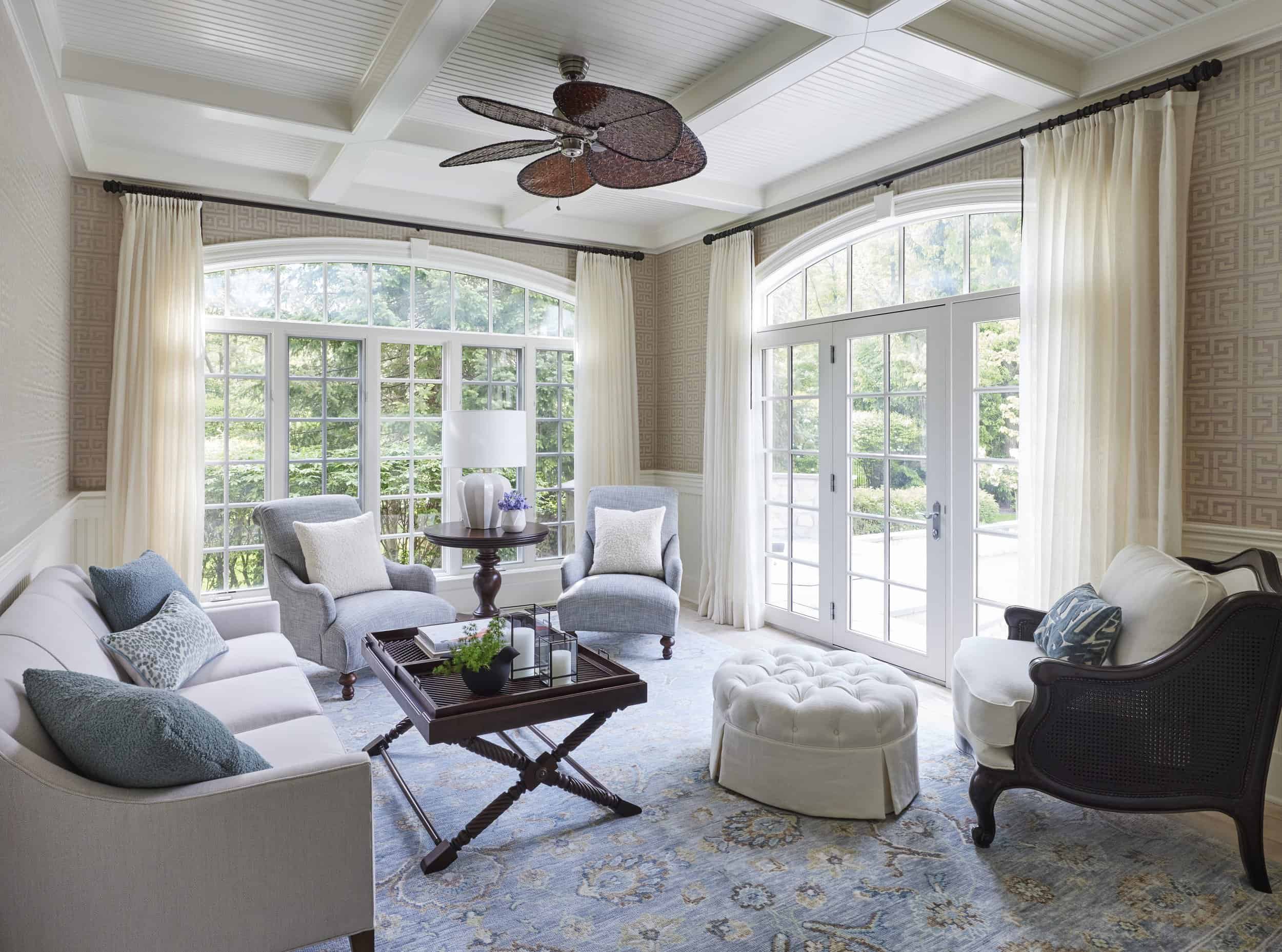Gorgeous Rustic Home Design for Nature-Inspired Living
Gorgeous Rustic Home Design for Nature-Inspired Living
Blog Article
The Art of Equilibrium: How Interior Design and Home Architect Collaborate for Stunning Results
In the realm of home design, striking a balance between looks and capability is no little feat. This delicate equilibrium is accomplished via the unified cooperation in between interior developers and designers, each bringing their special competence to the table. Stay with us as we check out the details of this collaborative procedure and its transformative effect on home style.
Recognizing the Core Differences Between Interior Decoration and Home Architecture
While both Interior Design and home design play necessary duties in creating visually pleasing and useful spaces, they are inherently different disciplines. Home architecture mainly concentrates on the architectural facets of the home, such as developing codes, security policies, and the physical construction of the area. It manages the 'bones' of the framework, collaborating with spatial measurements, bearing walls, and roofing designs. On the other hand, Interior Design is much more worried with boosting the sensory and aesthetic experience within that framework. It includes picking and setting up furnishings, choosing color design, and including decorative components. While they work in tandem, their duties, obligations, and areas of knowledge deviate significantly in the development of a harmonious home environment.
The Harmony In Between Home Design and Inside Layout
The harmony between home design and Interior Design exists in a shared vision of layout and the improvement of useful looks. When these two areas line up sympathetically, they can change a space from normal to remarkable. This partnership requires a much deeper understanding of each self-control's principles and the capability to develop a cohesive, visually pleasing setting.
Unifying Design Vision
Linking the vision for home architecture and interior design can develop a harmonious living area that is both useful and cosmetically pleasing. It promotes a synergistic approach where building elements enhance interior layout elements and vice versa. Therefore, unifying the style vision is crucial in mixing architecture and indoor layout for stunning results.
Enhancing Useful Aesthetics
Exactly how does the harmony between home architecture and Interior Design enhance functional aesthetics? This harmony allows the creation of spaces that are not just visually appealing but additionally comfortably usable. Designers prepared with their architectural layout, making sure that the area is efficient and sensible. The interior designer then enhances this with very carefully picked components that boost the aesthetics without jeopardizing the functionality. This unified cooperation can lead to homes that are both gorgeous and livable. A designer might make a home with huge windows and high ceilings. The interior designer can then highlight these attributes with large curtains and tall plants, respectively, hence boosting the visual appeal while preserving the useful benefits of natural light and space.
Value of Collaboration in Creating Balanced Spaces
The collaboration in between interior developers and designers is crucial in developing balanced areas. It brings harmony between layout and design, bring to life areas that are not just visually pleasing yet also useful. Exploring successful collaborative approaches can supply understandings into how this synergy can be properly achieved.
Balancing Layout and Design
Balance, a necessary aspect of both Interior Design and architecture, can just absolutely be attained when these two fields operate in harmony. This harmony is not merely a visual factor to consider; it affects the capability, durability, and ultimately, the livability of a space. Interior engineers and designers have to recognize each various other's duties, respect their knowledge, and connect properly. They have to take into consideration the interaction of architectural aspects with design, the flow of rooms, and the effect of light and color. This collective process leads to a natural, well balanced design where every aspect adds and has an objective to the overall aesthetic. Therefore, integrating design and style is not simply concerning developing attractive areas, yet about crafting areas that work seamlessly for their inhabitants.
Successful Joint Techniques

Situation Researches: Successful Integration of Style and Architecture
Analyzing numerous study, it comes to be apparent how the successful combination of Interior Design and style can transform an area. The Glass Residence in Connecticut, renowned for its minimalistic beauty, is one such example. Designer Philip Johnson and indoor designer Mies van der Rohe teamed up browse around here to develop a harmonious balance in between the structure and the inside, causing a smooth flow from the exterior landscape to the internal living quarters. Another prototype click here to read is the Fallingwater House in Pennsylvania. Engineer Frank Lloyd Wright and interior designer Edgar Kaufmann Jr.'s collective initiatives result in a stunningly unique house that blends with its natural environments. These instance researches underscore the profound impact of an effective style and design partnership.

Overcoming Difficulties in Style and Style Partnership
Regardless of the obvious advantages of a successful cooperation between Interior Design and architecture, it is not without its difficulties. Interaction problems can occur, as both parties might make use of various terms, understandings, and techniques in their work. This can lead to misconceptions and delays in job completion. Another major challenge is the balancing act of aesthetic appeals and capability. Designers may focus on architectural stability and security, while developers concentrate on convenience and design. The combination of these purposes can be intricate. In addition, spending plan and timeline restraints frequently add stress, potentially creating breaks in the cooperation. Consequently, efficient communication, good understanding, and compromise are vital to get over these challenges and attain a successful and unified partnership.

Future Fads: The Advancing Partnership Between Home Architects and Inside Designers
As the world of home style remains to evolve, so does the partnership in between designers and interior designers. The pattern leans towards a more joint and integrated method, damaging cost-free from conventional functions. Designers are no more solely concentrated on architectural honesty, but likewise involve in boosting visual charm - Winchester architect. Conversely, interior designers are accepting technical facets, influencing general format and functionality. This evolving symbiosis is driven by innovations in modern technology and the expanding demand for spaces that are not just aesthetically pleasing but sustainable my response and also sensible. The future assures an extra natural, cutting-edge, and adaptive approach to home style, as designers and engineers remain to obscure the lines, cultivating a partnership that really symbolizes the art of balance.
Conclusion
The art of balance in home style is accomplished with the harmonious collaboration between indoor developers and engineers. In spite of difficulties, this partnership promotes growth and development in design.
While both indoor layout and home style play important functions in producing cosmetically pleasing and useful rooms, they are naturally different techniques.The synergy between home style and interior style lies in a shared vision of design and the enhancement of practical visual appeals.Linking the vision for home design and interior design can develop an unified living room that is both useful and visually pleasing. Therefore, unifying the layout vision is crucial in blending style and interior design for sensational results.
How does the synergy in between home architecture and interior layout enhance functional looks? (Winchester architect)
Report this page